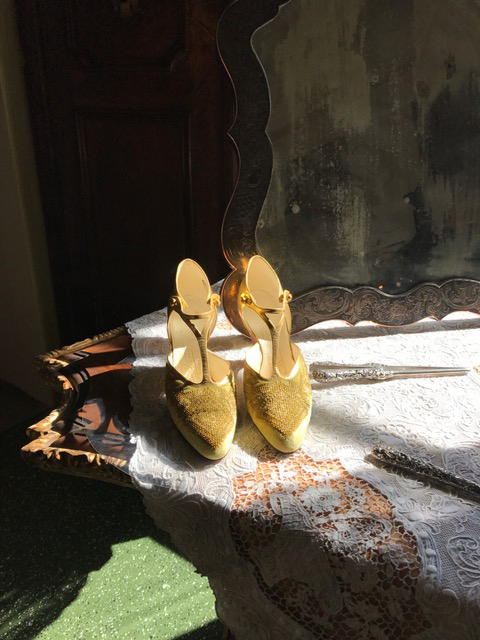Women are overlooked far too often in photography. How can we continue to combat this erasure? My answer is this column, “Woman Seeing Woman.” While it’s just the start of solving this problem, I, a female writer and photographer, hope to celebrate the astoundingly powerful female voices we have in photography by offering a glimpse into their work.“Where are all the black photographers?”It was a question Deborah Willis asked her professor, Anne Wilkes Tucker, when attending what is now known as the University of the Arts in Philadelphia in the 70s. Willis was studying photography, but when she noticed the dearth of black photographers in her history books, Tucker suggested she take on a research project to unearth these previously absent histories. It would become an ongoing project for Willis over the next four decades, continuing to this day alongside her regular photography work.
Advertisement
Currently the Chair of the Department of Photography & Imaging at the Tisch School of the Arts at New York University, Willis has also been a MacArthur Foundation fellow, a Richard D. Cohen fellow in African American Art at the Hutchins Center at Harvard University, an Alphonse Fletcher, Jr. fellow, and a John Simon Guggenheim fellow. She has won two NAACP Image Awards for Outstanding Literary Work, is an International Center of Photography Infinity Award Winner for Writing, and was named among the 100 Most Important People in Photography by American Photography magazine, among countless other distinctions. She has shown her photography at the New Museum, the International Center of Photography, the Studio Museum in Harlem, and many other venues around the world, in addition to curating exhibitions at places like the Smithsonian Institute and the Schomburg Center for Research in Black Culture, among others.Willis has authored or co-authored over 20 books on the role of black photographers throughout history. She is currently working on a book called The Black Civil War Soldier: Conflict and Citizenship, which will be published by New York University Press. Her ongoing photography project Went Looking for Beauty: Refashioning Self, includes two parts: one called "My Friends’ Closets," for which Willis photographed garments from friends’ closets; and another called "Street Views," for which she documented men and women as the shapers of their own identity, beauty, and cultural memory. To do this she photographed in the beauty shop and in the barber shop as well as when people strolled on Sundays in Harlem, dressed to the nines with their children, feeling good about their days. “What I’m interested in doing with my photographs is structuring a narrative about self-reflective beauty,” Willis said. There is great power in self-representation which extends to how we adorn ourselves and how we allow ourselves to be photographed. This work will be on view at the African-American Museum in Philadelphia in February after having been on view at Pittsburgh’s August Wilson Center.
Advertisement
It is a storied career, to say the least, and yet it’s one she almost didn’t have at all. While in college, a photography professor told her she “took a space from a good man” that she was just going to end up married and pregnant so why bother taking classes? But she wouldn’t let that messaging stop her. Surrounded by a supportive family and other professors who were interested her work, she knew she could prove her original professor wrong. And to say that she has since done this is a vast understatement. She even revived some self-portraits from those earlier years, and made them into a collage (pictured here) celebrating the life of her son, the successful artist Hank Willis Thomas. Written over the strip of images are the words “I made space for a good man.”Willis considers herself a storyteller, and she says she is always looking for ways to tell a range of stories about the broader experience of women photographers and black photographers, whether it be inside someone’s closet or outside someone’s church. “I think we bring this sense of intimacy to our own moment,” she said. “I think women have different stories to tell and I think that that’s [an] essential point for us to remember.”
Baptism in East Harlem, 115th Street
I Made Space For a Good Man
Carrie at Euro Salon, Eatonville

From Kalia's Closet - Wedding Dress, 2017
"A Toast to Harlem" New York, NY 2012
Sign up for our newsletter to get the best of VICE delivered to your inbox daily.Follow Elyssa Goodman on Twitter.